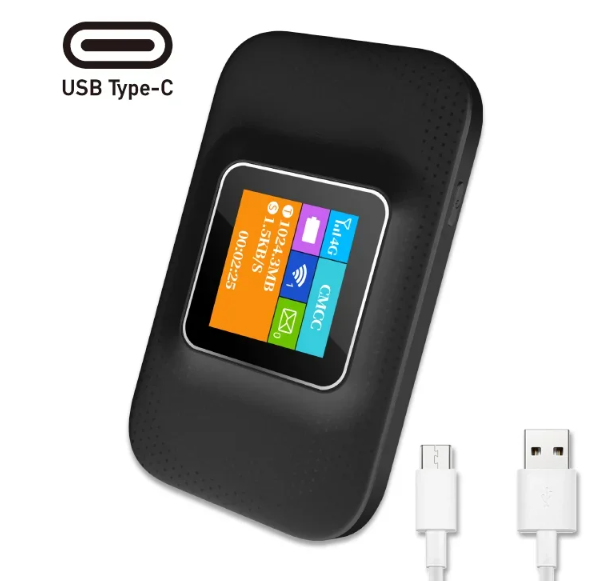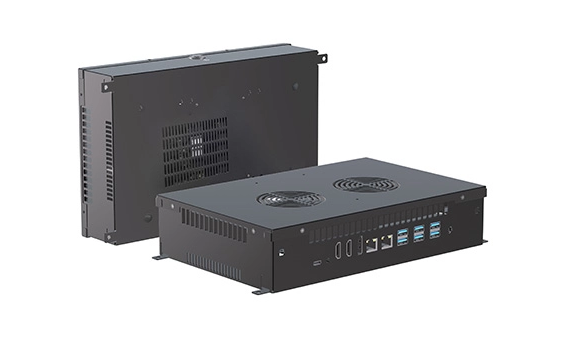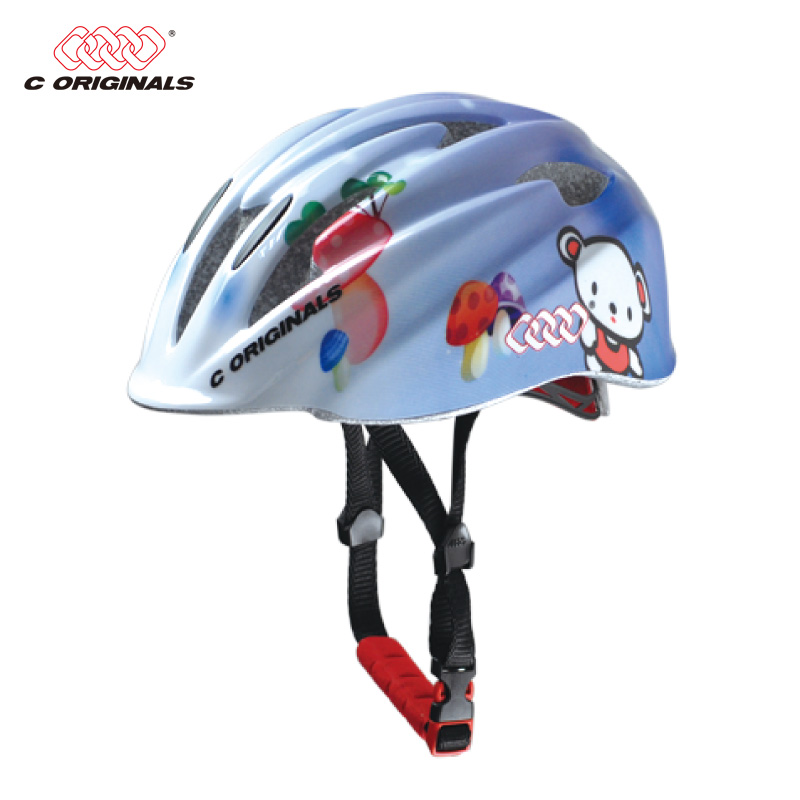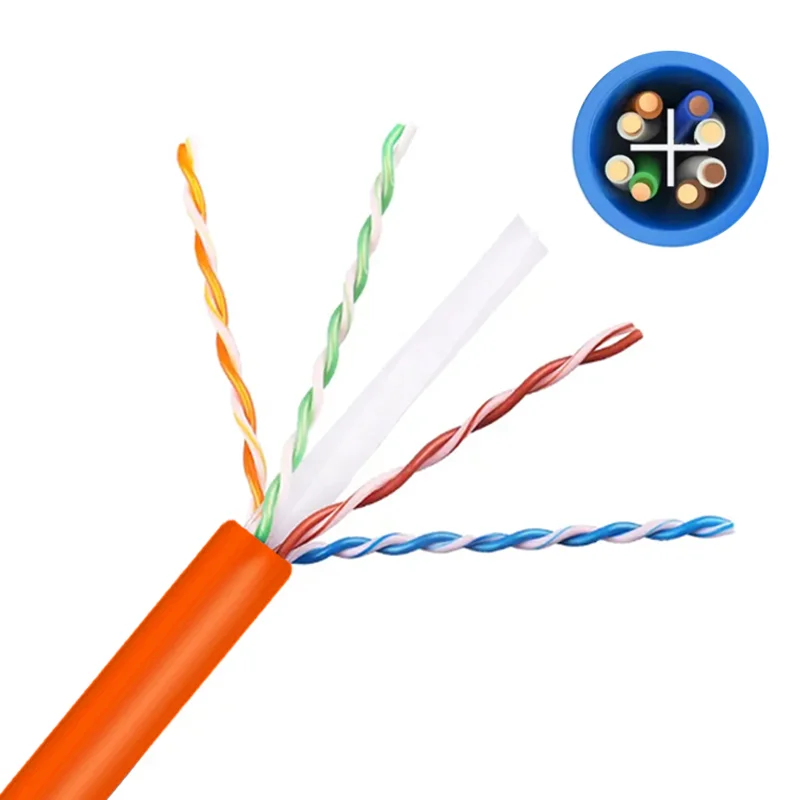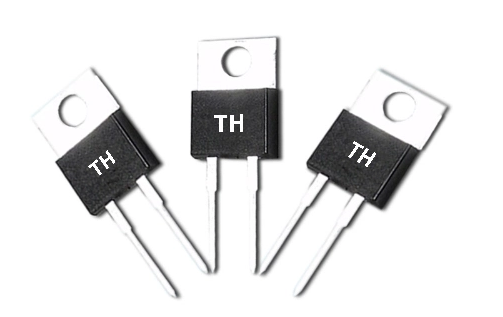Mastering Performance: A Comprehensive Guide to Using a Manual Boost Controller
In the world of automotive performance tuning, enthusiasts often seek ways to enhance their vehicle's power output. One of the most effective tools for achieving this is a manual boost controller (MBC). This device allows drivers to regulate the boost pressure produced by a turbocharger, leading to improved engine performance. In this article, we will delve into the intricacies of using a manual boost controller, covering its functionality, installation, tuning, and best practices to ensure optimal performance and reliability.
Understanding the Manual Boost Controller
A manual boost controller is a simple yet powerful device that allows you to adjust the boost pressure generated by your turbocharger. Unlike electronic boost controllers, which rely on sensors and electronic signals, an MBC operates mechanically. It typically consists of a boost control valve and a few hoses that connect to the turbocharger and wastegate.
The primary function of an MBC is to limit the amount of boost pressure that the wastegate sees. By doing so, it prevents the wastegate from opening prematurely, allowing the turbocharger to spool up and produce higher boost levels. This results in increased horsepower and torque, making it a popular choice among performance enthusiasts.
Installation: Setting the Stage for Performance
Before diving into the tuning process, proper installation of the manual boost controller is crucial. Here’s a step-by-step guide to ensure a successful setup:
- Gather Necessary Tools and Materials: You will need a manual boost controller kit, basic hand tools (wrenches, pliers), and possibly some vacuum tubing.
- Locate the Turbocharger and Wastegate: Identify the turbocharger and the wastegate on your vehicle. The wastegate is typically located on the turbocharger itself or on the exhaust manifold.
- Disconnect the Wastegate Actuator Hose: Carefully remove the hose that connects the wastegate actuator to the turbocharger. This hose is responsible for controlling the boost pressure.
- Install the Manual Boost Controller: Connect the MBC in line with the wastegate actuator hose. One end should connect to the turbocharger’s boost source, while the other end connects to the wastegate actuator.
- Secure All Connections: Ensure that all hoses and connections are tight to prevent boost leaks. Use zip ties or clamps if necessary.
- Double-Check Your Work: Before starting the engine, double-check all connections and ensure that the MBC is installed correctly.
Tuning Your Manual Boost Controller
Once the manual boost controller is installed, the next step is tuning it to achieve the desired boost levels. Here’s how to do it effectively:
- Start with a Baseline: Begin by setting the MBC to its lowest setting. This will allow you to establish a baseline for your vehicle’s performance.
- Gradually Increase Boost: Start the engine and allow it to warm up. Gradually adjust the MBC to increase boost pressure. It’s advisable to make small adjustments (1-2 psi) at a time to avoid overboosting.
- Monitor Engine Parameters: Use a boost gauge to monitor the boost levels as you make adjustments. Additionally, keep an eye on other critical parameters such as air-fuel ratio (AFR), exhaust gas temperature (EGT), and engine knock.
- Test Drive and Evaluate: After each adjustment, take the vehicle for a test drive. Pay attention to how the engine responds, and listen for any signs of knock or detonation. If you notice any issues, reduce the boost pressure and reassess.
- Fine-Tune for Optimal Performance: Continue to make adjustments until you reach the desired boost level. It’s essential to find a balance between performance and reliability, as excessive boost can lead to engine damage.
Best Practices for Using a Manual Boost Controller
To ensure the longevity and reliability of your engine while using a manual boost controller, consider the following best practices:
- Invest in Quality Components: Choose a reputable manual boost controller from a trusted manufacturer. Quality components are less likely to fail and can provide more consistent performance.
- Regularly Inspect Connections: Periodically check all hoses and connections for signs of wear or leaks. Boost leaks can lead to performance issues and should be addressed immediately.
- Use a Wideband O2 Sensor: Installing a wideband O2 sensor can help you monitor your air-fuel ratio more accurately, allowing for better tuning and preventing lean conditions that can damage the engine.
- Stay Within Safe Boost Levels: Always be aware of your engine’s limits. Consult with a professional tuner or refer to your vehicle’s specifications to determine safe boost levels.
- Consider Supporting Modifications: If you plan to run higher boost levels, consider upgrading other components such as the fuel system, intercooler, and exhaust to support the increased power.
Conclusion
Using a manual boost controller can significantly enhance your vehicle's performance when done correctly. By understanding its functionality, following proper installation procedures, and tuning with care, you can unlock the full potential of your turbocharged engine. Remember to prioritize safety and reliability, and always be mindful of your engine’s limits. With the right approach, a manual boost controller can be a game-changer in your quest for automotive excellence.

